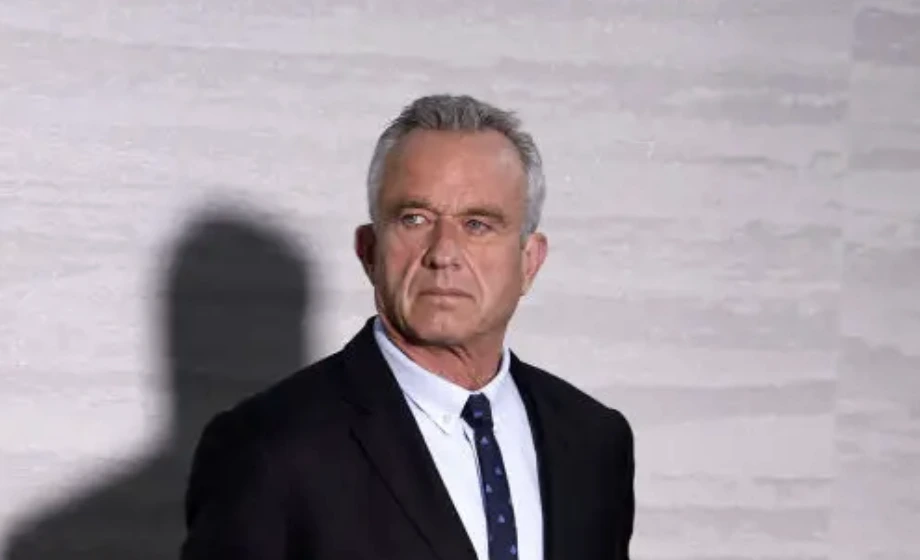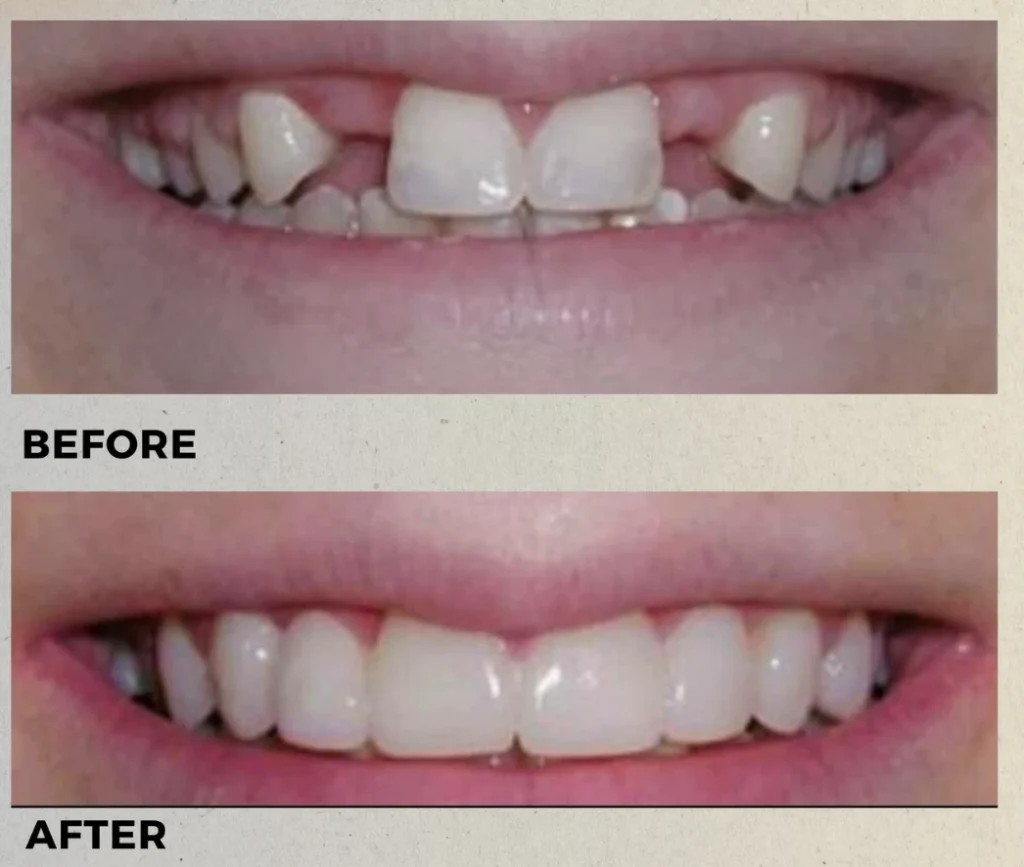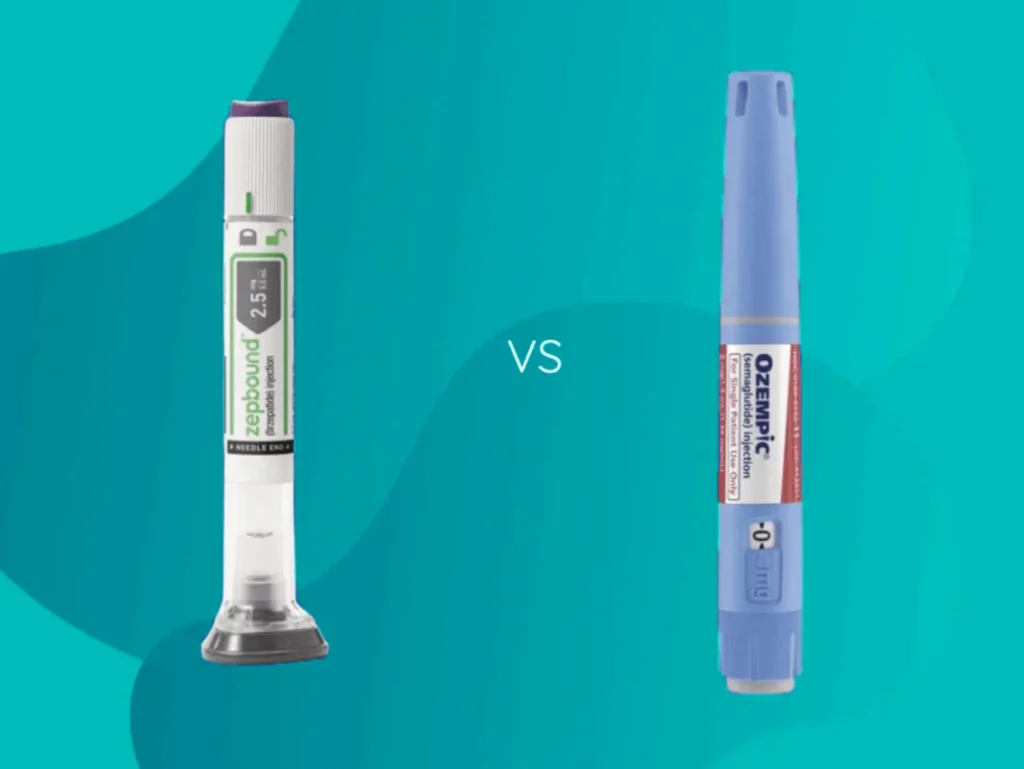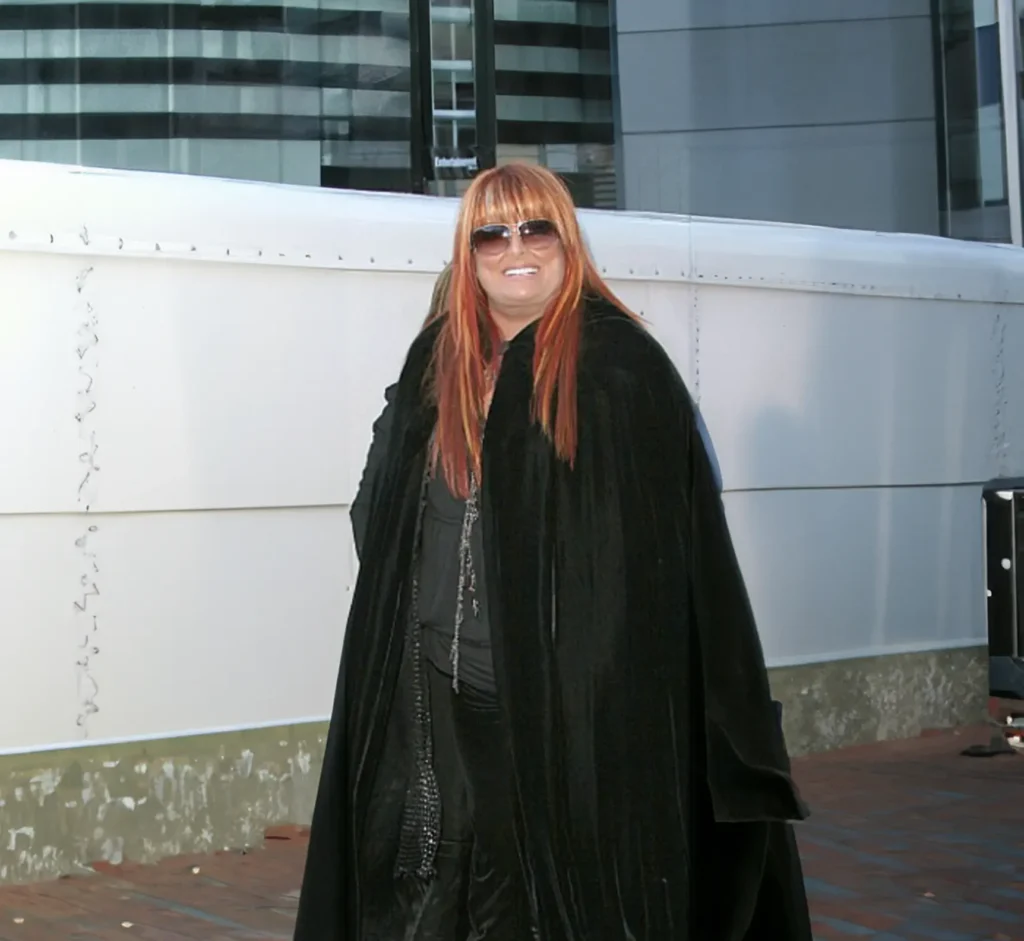
RFK Health Problem
Robert F. Kennedy Jr., the prominent environmental attorney and political activist, has long been in the public eye not only for his work and family legacy but also for his distinctive voice. Kennedy’s voice has been affected by a condition called spasmodic dysphonia, a rare neurological disorder that impacts the voice muscles in the larynx (voice box). Here’s a look into what spasmodic dysphonia is, how it affects Kennedy, and what treatments are available for those with similar conditions.
What Is Spasmodic Dysphonia?
Spasmodic dysphonia (SD) is a chronic voice disorder that causes involuntary spasms in the muscles of the vocal cords. These spasms disrupt normal speech and can result in a strained, shaky, or breathy voice. It is classified as a type of focal dystonia, a neurological condition that leads to involuntary muscle contractions in a specific area of the body.
There are two primary types of spasmodic dysphonia:
- Adductor Spasmodic Dysphonia (ADSD): This is the most common type, where the vocal cords close together too tightly, resulting in a strained or strangled-sounding voice.
- Abductor Spasmodic Dysphonia (ABSD): This type is less common and causes the vocal cords to open too widely, making the voice sound breathy or whispery.
In Kennedy’s case, he has described his voice as “raspy” and “strained,” suggesting he experiences adductor spasmodic dysphonia.
How Does Spasmodic Dysphonia Affect Speech?
Spasmodic dysphonia can make speaking challenging and can vary in severity. Some people with SD may have mild symptoms, while others, like Kennedy, experience significant voice changes. People with SD often report that:
- Their voice can sound shaky, strained, or creaky.
- Speech becomes more difficult during times of stress or fatigue.
- Maintaining consistent vocal volume and tone is challenging.
These symptoms are not only physically taxing but can also affect social interactions and public speaking abilities. For someone in the public sphere, like Kennedy, this condition adds a unique challenge to their communication.
When Did Robert F. Kennedy Jr. Develop Spasmodic Dysphonia?
Kennedy developed spasmodic dysphonia in the late 1990s. At that time, it was difficult to diagnose, as the condition was not well-known or widely understood. Although spasmodic dysphonia doesn’t cause physical pain, the impact on his voice has been enduring, influencing the way he communicates and the way the public perceives him.
What Causes Spasmodic Dysphonia?
The exact cause of spasmodic dysphonia is unknown, though it is thought to be related to a malfunction in the brain’s basal ganglia, the area responsible for coordinating movement. Researchers believe SD may have genetic, environmental, or psychological triggers, although it’s not directly caused by psychological conditions.
Some potential risk factors include:
- Genetic predisposition: People with a family history of dystonia or movement disorders may be more likely to develop SD.
- Environmental stressors: Physical or emotional stress can sometimes trigger or worsen symptoms in susceptible individuals.
- Injury or illness: In rare cases, an injury to the larynx or respiratory infections have been associated with SD.
Treatment Options for Spasmodic Dysphonia
While there is no cure for spasmodic dysphonia, several treatment options can help manage symptoms and improve vocal function. Treatment is often customized to the individual, and people with SD may try multiple options to find what works best for them. Common treatments include:
- Botulinum Toxin (Botox) Injections: Botox is a common treatment for SD. It temporarily paralyzes the vocal cord muscles, reducing spasms and allowing smoother speech. However, Botox injections need to be repeated every few months as the effects wear off.
- Speech Therapy: Speech therapy can help individuals adapt their speaking techniques to minimize vocal strain. Some people find it beneficial alongside other treatments.
- Medications: Certain medications, such as muscle relaxants, can help some people manage symptoms, although they are not widely effective for all individuals with SD.
- Surgical Options: In severe cases, surgery on the vocal cords or nerves controlling the vocal cords may be considered, though it is less common.
- Lifestyle Adjustments: Reducing stress, maintaining hydration, and avoiding irritants like smoke can help minimize symptoms.
Kennedy has reportedly tried multiple treatments over the years to manage his symptoms, though his voice remains distinctive due to the chronic nature of the condition.
Living with Spasmodic Dysphonia: Kennedy’s Public Life and Advocacy
Despite his voice disorder, Kennedy has remained a powerful public speaker and advocate, using his platform to address environmental and health-related issues. He has openly discussed his condition in interviews, bringing awareness to spasmodic dysphonia and helping reduce the stigma associated with vocal disorders.
Kennedy’s perseverance highlights the importance of adaptability and resilience for those with spasmodic dysphonia. By continuing to address crowds, give interviews, and communicate his message, he has shown that a voice disorder does not have to silence one’s voice.
Final Thoughts: Raising Awareness of Spasmodic Dysphonia
Spasmodic dysphonia is a rare but impactful condition, especially for those whose careers depend on their voice. Through his advocacy and openness about his health, Robert F. Kennedy Jr. has helped bring awareness to the disorder. His example reminds us that while spasmodic dysphonia affects how one communicates, it doesn’t have to limit the message or reduce the impact of their words.
If you or someone you know struggles with spasmodic dysphonia, consult an otolaryngologist (ENT doctor) or a neurologist to explore available treatment options. Early diagnosis and treatment can make a significant difference in managing symptoms and improving quality of life.





































